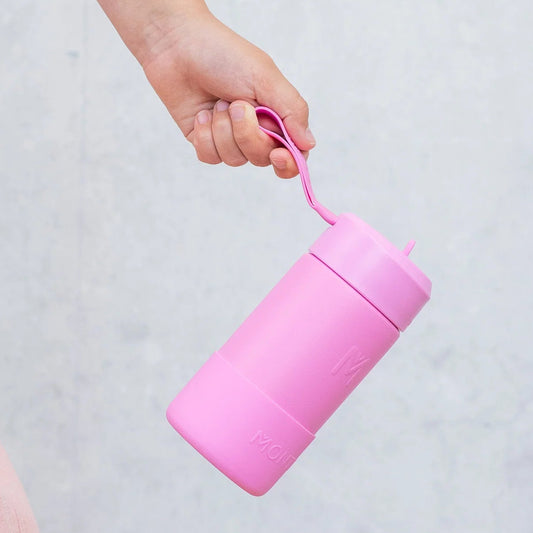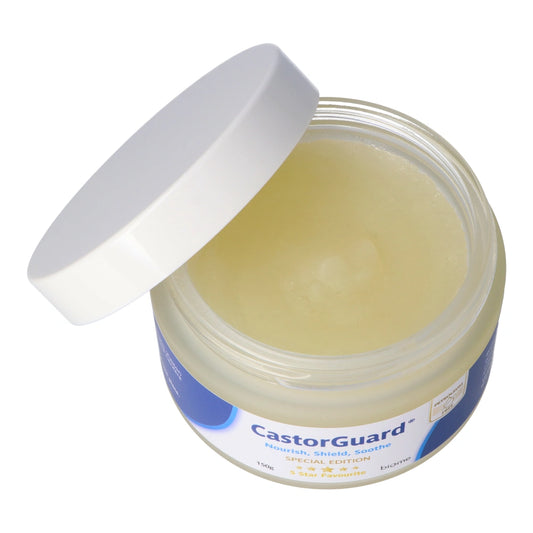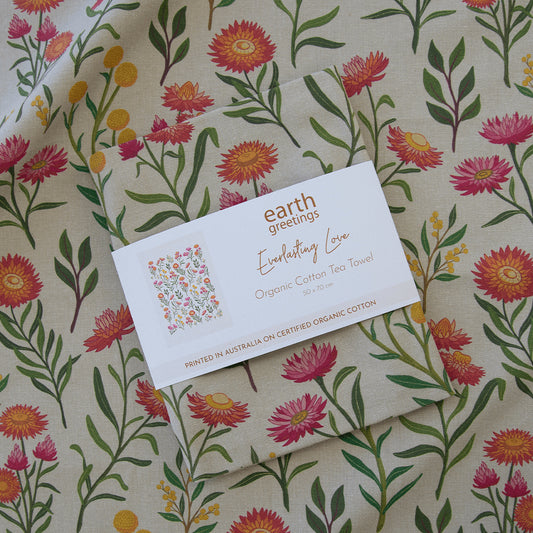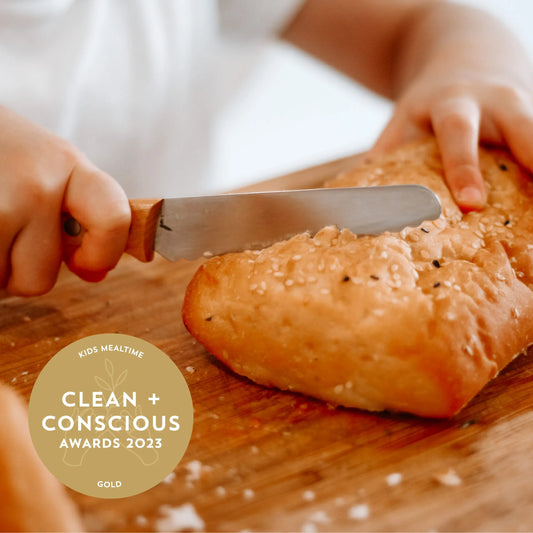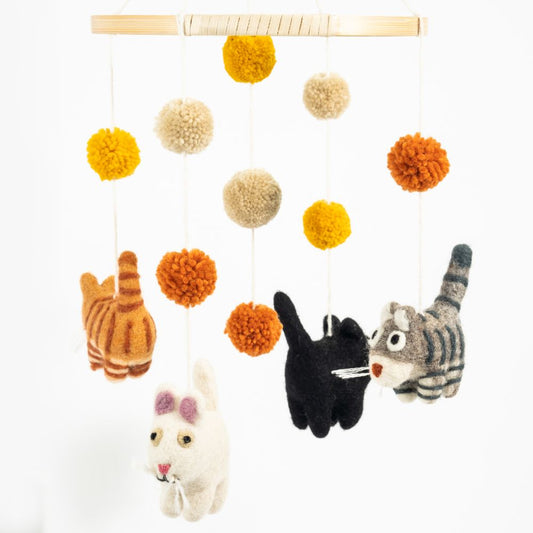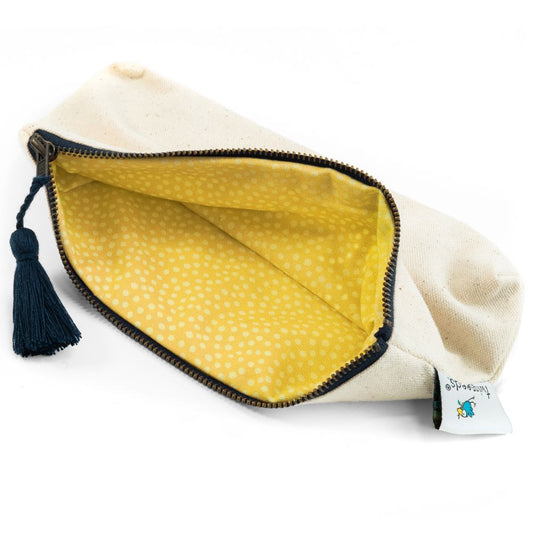
By Tracey Bailey
When I first tried fermenting, I didn’t think much about the jar. I grabbed an empty jam jar from the cupboard, packed in my first cabbage ferment, screwed the lid on, and waited. I was fascinated that no starter culture would even be needed, that it would just take bacteria from the vegetables and air, so I did not have great expectations. What I didn’t expect was the bang that echoed through the kitchen a few days later. The pressure had built up so much that the lid couldn’t hold it—purple kraut juice everywhere! Lesson learned: your choice of jar really matters.
Fermenting is more than a food trend; it’s a time-honoured tradition that reconnects us with our food. But to do it well and safely, your jar must support the delicate microbial magic of fermentation—without blowing up on your bench top!
Why Jar Choice Matters in Fermentation
Fermentation depends on beneficial bacteria doing their thing in a low-oxygen environment. The material, shape, and sealing method of your jar either nurture that process or work against it. So, I did some deep diving into which jars would help achieve consistent, delicious ferments—and which to avoid.
Glass Is Best for Fermenting
Glass is the go-to for all fermenting jars (and all food storage to be blunt).
Glass is non-reactive, free from nasty chemicals, and allow you to easily watch the bubbling progress inside. Plastic, on the other hand, can leach chemicals, especially when used with acidic ferments, and can scratch, which encourages bad bacteria to grow. And metal? Metal is a no-go. It corrodes in salty brine and can ruin your ferment.
Popular Jar Types for Fermenting
Mason Jars (with wide mouths and screw top)
- Easy to fill and clean
- Widely available
- Can be adapted with specialty fermentation lids
- I’ve used Ball Mason jars often, but their standard two-piece lids are prone to rust and warping over time. Some users report pressure build-up causing the inner lid to buckle. If using Ball Mason jars, I recommend replacing the metal lid with a one-piece BPA-free plastic fermentation lid or a silicone valve lid.
Clip-Top Glass Jars (like Kilner)
- In theory Kilner clop top jars self-burp and limit oxygen entering without extra tools (but I recommend burping them)
- Great for beginners who want to avoid mould
Jars with Airlock Lids
- Choose from Kilner or Weck with air lock lids
- Weck - glass lids that sit on glass jar with a rubber gasket in between and metal clips to seal. You can use just the glass lid sitting on glass jar, or pair them with a specialty airlock lids for an easy, low-mould risk experience. I love the look of these on my bench—and they perform just as well.
- Kilner - either an S Bend air lock or silicone one way valve
Glass Fermentation Crocks
- Perfect for large batches of kimchi or sauerkraut
- Often come with weights and water-sealed lids
Let’s Talk Lids
The right lid helps your ferment breathe (releasing carbon dioxide gas) without letting air (oxygen) and contaminants in.

Airlock lid with water:
Water is poured into the S bend shape plastic device that creates a seal that lets gas out, but not in. These are great for releasing pressure and maintaining an anaerobic environment but can be finicky to clean and harbour bacteria. They're ideal for long ferments that need minimal monitoring, but not always necessary for quick batches.
Airlock lid with one-way silicone valve:
May allow too much air exchange if not sealed properly, especially when the ferment bubbles out the valve. Silicone is porous, so the bad microbes and fungus can establish leading to undesirable mould on your ferment.
Clip-top jars:
While clip-top jars are said to self-burp, it depends on how active your ferment is. These jars have a rubber gasket that can flex slightly under pressure, allowing some gas to escape. However, if the ferment is particularly bubbly or packed tightly, the pressure might not release quickly enough. I've found it helpful to gently burp them daily just to be safe. Better a hiss than a mess!
Standard screw-on lids: Use them loosely—but don’t make my early mistake of tightening them too much! And again, giving them a daily burp if needed.
Cloth covers with rubber bands:
Handy for sourdough starters and kombucha, but not ideal for vegetable ferments due to oxygen and microbial exposure.
Beware Rusting Metal Lids
- If you’re using regular mason jars, know that salt can cause metal lids to rust—affecting both safety and flavour. That’s why I recommend switching to compatible BPA-free plastic lids or choosing a jar with a better-designed top like Weck or Kilner.
How to Sterilise Your Fermentation Jars Properly
Cleanliness is key. Here’s what I do to prep my jars:
- Wash jars and lids in hot, soapy water.
- Rinse well.
- Place jars on a clean baking tray and slide into an oven preheated to 120°C for 15 minutes.
- Place lids and seals in an oven proof dish and pour over boiling water.
- Let everything cool before filling.
It only takes a few minutes and drastically reduces the chance of mould or off smells.
Why I Recommend Weck and Kilner Jars
Both Kilner and Weck offer glass jars that are made to last—and designed with fermentation in mind.
I love the Kilner fermentation set because it comes with weights and an airlock system perfect for beginners.
Weck jars are equally high quality and work beautifully with the plastic airlocks or just using the glass lid sitting on the glass jar without the rubber gasket.
Final Thoughts
Fermenting is one of the most satisfying ways to preserve food, reduce waste, and nourish your body. But don’t overlook the humble jar. The right vessel supports a successful ferment, reduces frustration, and gives you more confidence to experiment. Choose glass and learn from my exploded-kraut mistake.
Stay tuned for more posts in my fermentation series—next up, we’ll explore the best vegetables to ferment and how to flavour your ferments naturally.
People also ask
Why does fermenting produce so much gas?
Fermentation is driven by beneficial bacteria that feed on the natural sugars in your vegetables. As they consume these sugars, they produce lactic acid—which preserves the food—and carbon dioxide gas as a byproduct.
This gas builds up inside the jar, creating pressure. If the jar is tightly sealed without a way for that gas to escape, the pressure can force liquid to leak out, make the lid pop off, or even cause cracking.
That’s why it’s important to either use a self-burping system, a fermentation lid with an airlock, or remember to loosen the lid slightly to allow the gas hiss to escape safely.
MORE READING
6 Ways to Preserve Food Naturally
How to Ferment Vegetables at Home
How Fermented Foods Support Gut Health & Immunity
Making Non-Dairy Yoghurt at Home
How to Make Delicious Fermented Kombucha


